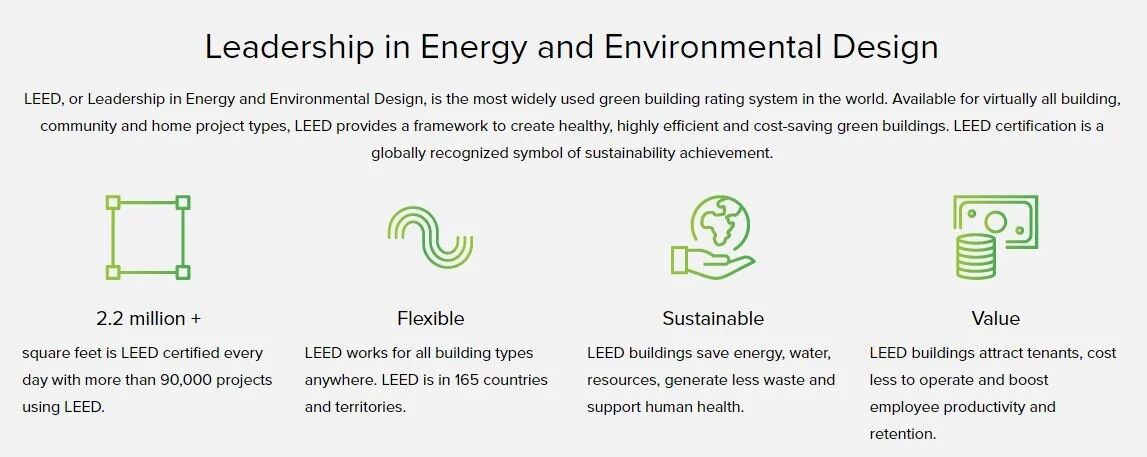LEED
So, as we embarked upon our Happy Boolo project with initial meetings with our architect, we were already talking about sustainability in a broad manner. That definition also included the resiliency of community and human interconnectedness; in other words, how enduring a neighborhood or society can be. We also thought about sustainability from a financial standpoint asking ourselves what are the wisest ways to invest in this project and what ways are not sustainable — as in which ways wouldn't give us enough value for what we invest in, even if they would be considered “green.”
Inspired by the principles of Permaculture, and to ensure that we created something that enhanced the both the indoor and outdoor environment while also fully supporting the other two pillars of our philosophy, we committed to building a home that meets official green building standards.
Which Green Building Standard Works Best?
We discovered that Energy Star and Passive House focus on energy efficiency while Greenguard standard focuses solely upon on indoor air quality. Living Building Challenge (LBC) and Leadership in Energy and Environmental Design (LEED) are more holistic. While LBC is the most rigorous and forward-leaning of them all, we felt that it wasn’t practical to pursue in our suburban context. With community as our foundational pillar, we also wanted to be sure this renovation would be a friendly fit into Arlington Heights.
LEED’s holistic approach was the right choice for us because it allowed us to pursue energy efficiency, indoor air quality, and sustainable materials, but also allowed us to seek certification based upon our plan to harvest rainwater and develop a regenerative, diverse edible landscape that requires minimal inputs.
Ultimately, pursuing LEED allows us to continue to live on Drury Lane without the need to up-stakes, buy a piece of land in a rural area near water, and build while isolated from our community. Though it didn’t have any bearing on our decision (as we plan to live on Drury Lane for at least another 25 years!), we also learned that LEED homes sell faster, at greater volume, and at higher prices than conventionally built, less-efficient homes.
The search for the right standard also involved joining the Chicago chapter of the Passive House Alliance at its annual Summer Solstice event, where Mike met several "players" in the green building industry, including Eco Achievers, who would eventually become our third-party rater.





